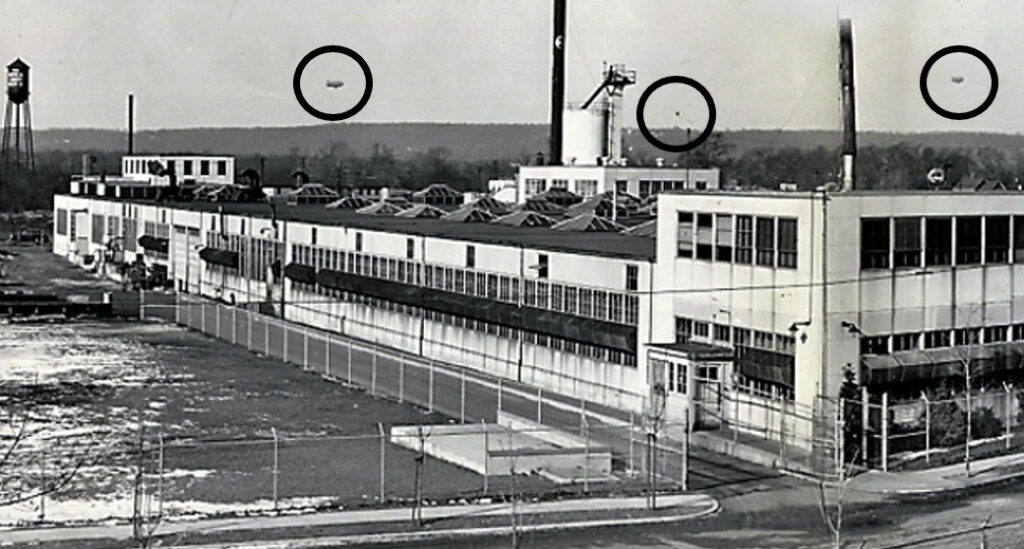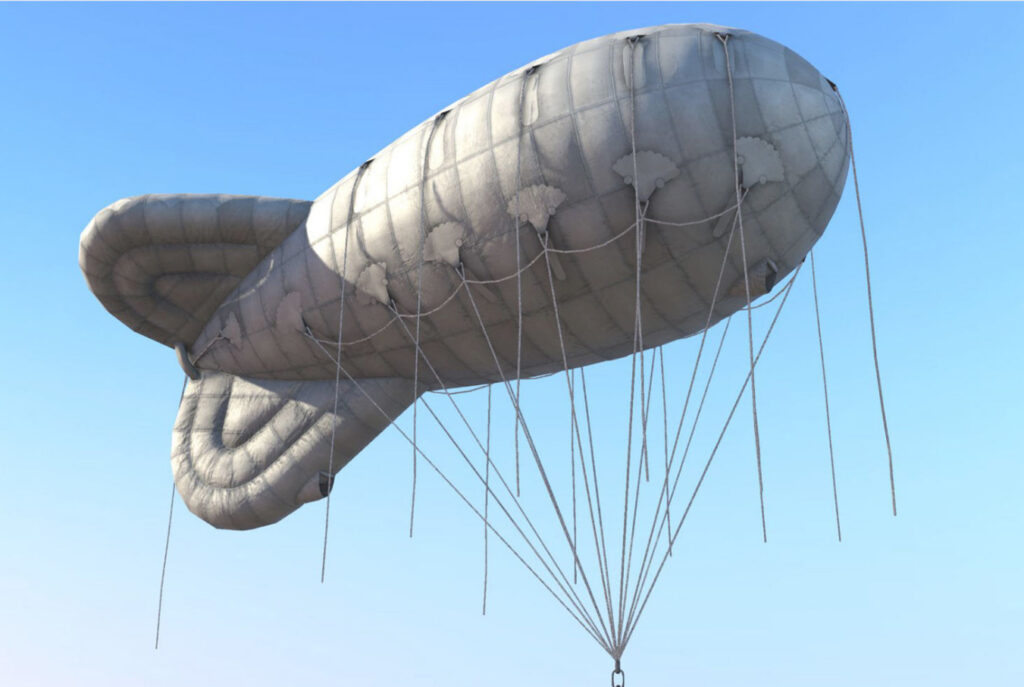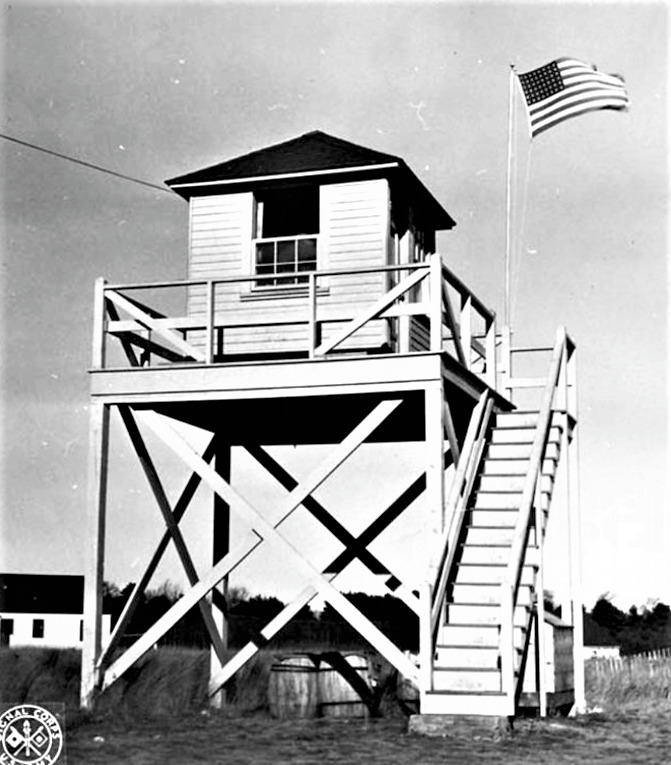
Source: Wm. Zeus, Jr., National Tool Co.
Was Kenilworth an enemy target in WWII?
Research suggests that Kenilworth was considered by the US War Department as a target for our enemies during WWII. Why would this have been so? The answer is the fact that heavy industries then located here were capable of producing war products.
During the 1940s and into the 1970s Kenilworth had a strong industrial base. Local factories employed thousands of workers. An enemy would want to destroy manufacturing plants of an adversary. Some of Kenilworth’s major industries during WWII included the Kenilworth Steel Co. on the Boulevard, now home to Access Storage. Across the street a car wash stands where once was the Volco Brass and Copper Co. Downtown on 12thSt. was the National Tool Co., now known as NTM, which manufactured parts for anti-aircraft guns. A few blocks away along N. 8th St. were the Allied Steel and Westfield Sheet Metal companies. At the end of Monroe Ave. on the 35-acre site of the former Flex-Van Co. was a collection of manufacturing companies.

Source: Internet public domain
The Borough had countless small machine shops and metal foundries along Market St.; and many on and off N. Michigan, Monroe and Fairfield avenues capable of producing war materials if called upon. They could manufacture all kinds of essential components that might be needed in the war effort. There were tool and die shops, chemical manufacturers, and a number of trucking companies to transport goods.The Rahway Valley Railroad serviced the biggest industries and could haul countless tons of raw materials to the factories and then take finished products to the main lines of the NJ Central and Lehigh Valley RR in Roselle Park with some potentially earmarked for destinations to military bases and war zones around the world.
These industries and smaller shops were potential targets from enemy aerial attacks. To lessen the threat, blimp-like barrage balloons were floated overhead in parts of Kenilworth and elsewhere. Tethered to the ground they’d float hundreds of feet into the air with long metal cables dangling from them. In some places metal netting was strung from one balloon to another. Barrage balloons were intended to further thwart dive bombers and other enemy aircraft attempting to get close enough to bomb manufacturing plants.

Source: US Army
Not every community had a federal government aerial spotting tower. Kenilworth did. It was off the southside of the Boulevard in the proximity of the strip mall containing the Bagels for U shop. Local civil defense volunteers climbed to the top of the tower and with their naked eyes and binoculars searched the skies for enemy aircraft. The last known surviving Kenilworth spotter appears to be Irma Shallcross George, a teenager at the time.
Not every community had spotting towers or barrage balloons during WWII. The fact that Kenilworth was selected by the government to have both lends credence to the rationale that Kenilworth, with its crucial wartime industrial production capacity, was considered by the United States government as a potential target from enemy attacks.
Research provided by Walter E. Boright, Ed. D., historian, and Historic Signs, Inc.
Persons with inquiries about this or other Kenilworth history topics may contact Dr. Boright at drbori@aol.com or 908-256-5200.
